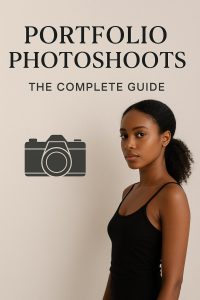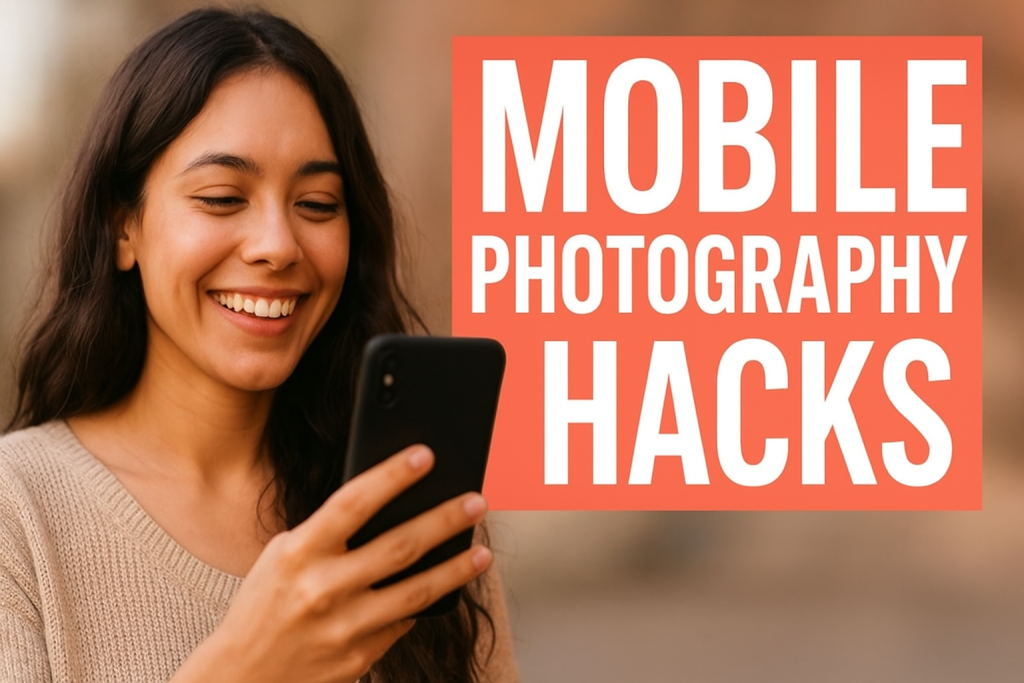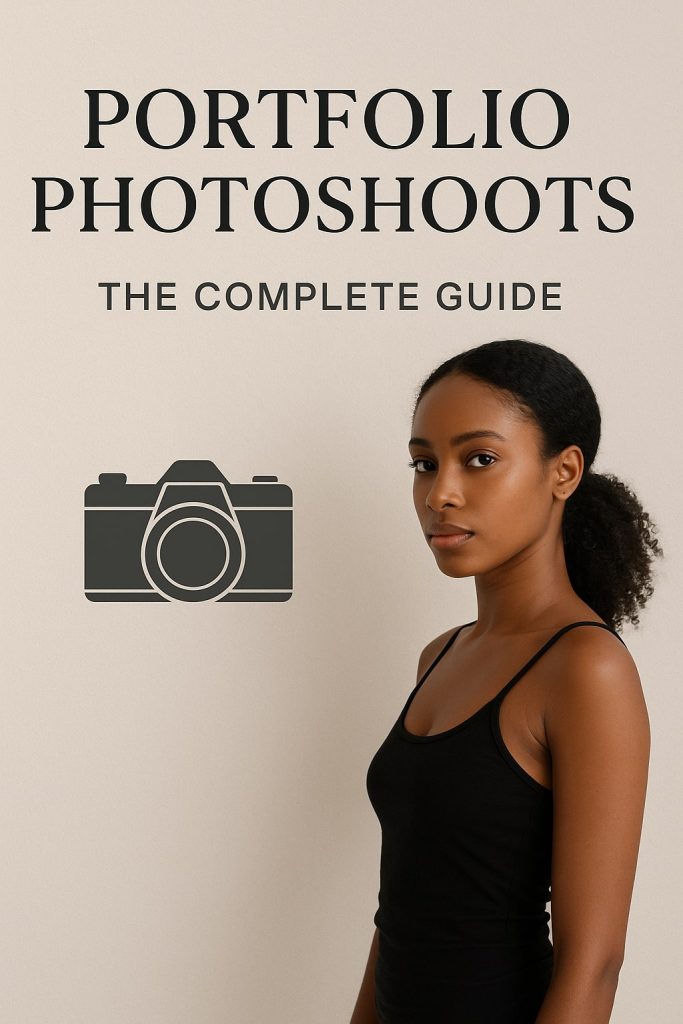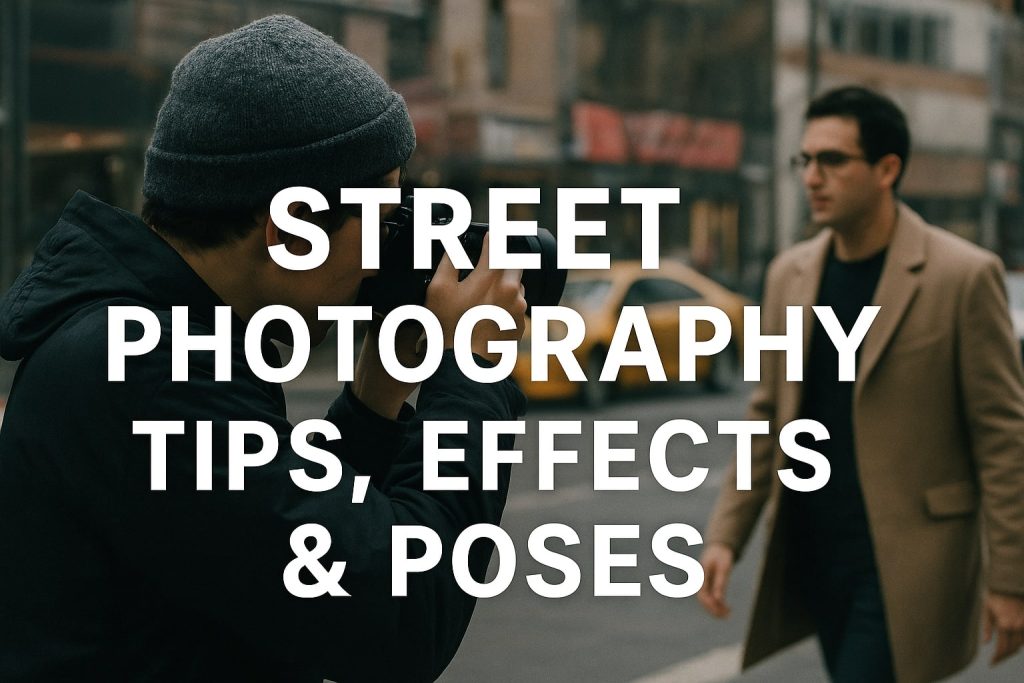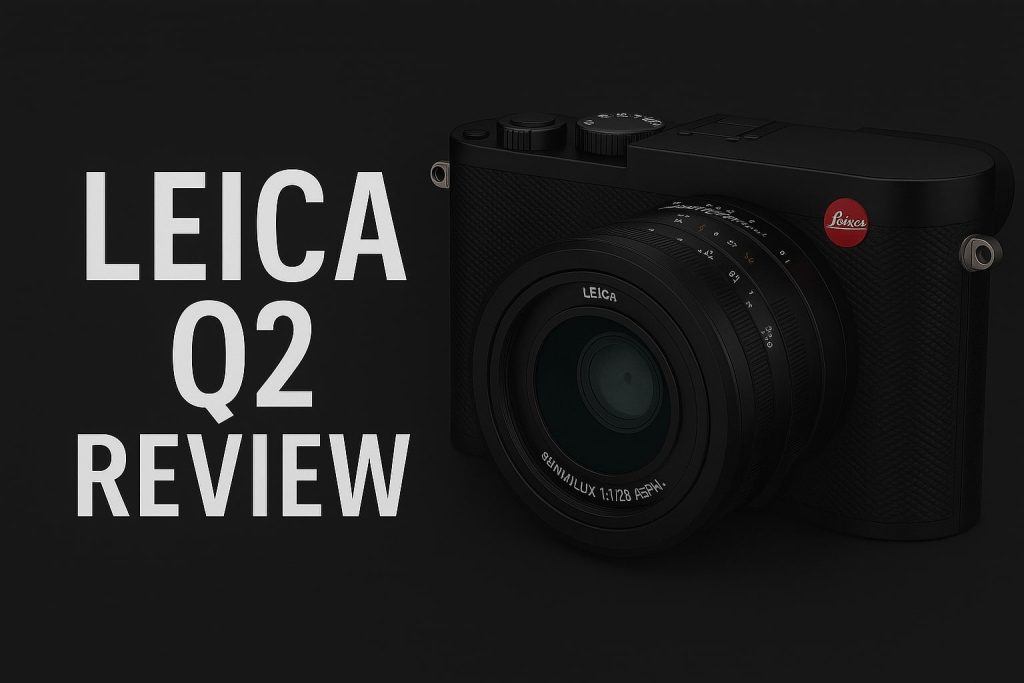When it comes to photography, selecting the right lens can make a significant difference in the final image. Two of the most commonly used types of lenses are wide-angle and telephoto lenses. Both serve distinct purposes and offer unique advantages depending on the scene and creative intent. Understanding the differences between wide-angle vs. telephoto lenses is essential for photographers at all levels.
In this comprehensive guide, we will explore the characteristics, use cases, advantages, and limitations of wide-angle vs. telephoto lenses, helping you decide which one suits your specific needs.
What is a Wide-Angle Lens?
A wide-angle lens is any lens with a focal length of 35mm or less on a full-frame camera. These lenses offer an expansive field of view, making them ideal for capturing vast scenes.
Characteristics of Wide-Angle Lenses
- Broad Field of View – Captures more of the scene in a single frame.
- Deep Depth of Field – Keeps both foreground and background elements sharp.
- Distortion at the Edges – Objects close to the lens may appear stretched or exaggerated.
- Emphasizes Foreground Elements – Makes nearby objects appear larger in relation to the background.
Best Uses for Wide-Angle Lenses
- Landscape Photography – Capturing vast natural scenes with depth.
- Architecture Photography – Highlighting large buildings and interiors.
- Street Photography – Providing dynamic perspectives in urban environments.
- Group Shots – Fitting multiple subjects into the frame without stepping back.
- Astrophotography – Capturing expansive night sky scenes.
What is a Telephoto Lens?
A telephoto lens is typically any lens with a focal length of 70mm or more. These lenses are designed to bring distant subjects closer and compress background elements.
Characteristics of Telephoto Lenses
- Narrow Field of View – Focuses on a smaller portion of the scene.
- Shallow Depth of Field – Creates a blurred background, isolating the subject.
- Compression Effect – Makes background elements appear closer together.
- Larger and Heavier – Often bulkier due to their complex optical construction.
Best Uses for Telephoto Lenses
- Wildlife Photography – Capturing animals from a safe distance.
- Sports Photography – Freezing action from the sidelines.
- Portrait Photography – Achieving flattering subject isolation.
- Event Photography – Zooming in on performances or ceremonies.
- Moon and Astrophotography – Bringing celestial objects into focus.
Wide-Angle vs. Telephoto: Key Differences
| Feature | Wide-Angle Lens | Telephoto Lens |
|---|---|---|
| Field of View | Wide, captures more scene | Narrow, isolates subjects |
| Depth of Field | Deep, keeps everything sharp | Shallow, blurs background |
| Distortion | May cause perspective distortion | Compresses background |
| Best For | Landscapes, interiors, groups | Wildlife, sports, portraits |
| Weight | Generally lightweight | Heavier and bulkier |
Image Perspective Comparison
- Wide-Angle: Objects in the foreground appear much larger, adding depth.
- Telephoto: Background appears closer, making subjects stand out distinctly.
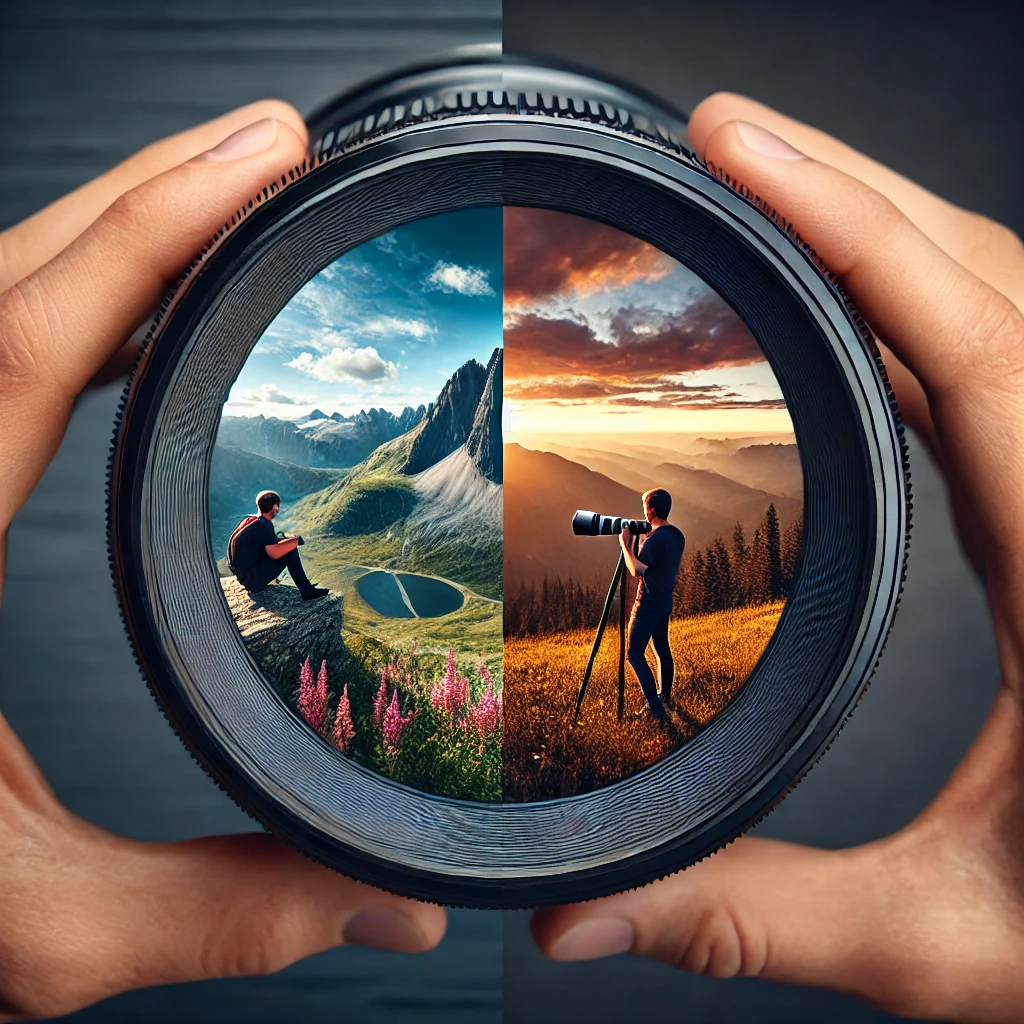
When to Use a Wide-Angle Lens
You should choose a wide-angle lens when:
- You need to fit an expansive scene into the frame.
- You want to create a sense of depth with leading lines.
- You’re shooting in tight spaces, such as interiors or small streets.
- You need to capture environmental context around your subject.
Example Scenarios:
- Real estate photography – Showcasing spacious interiors.
- Travel photography – Capturing iconic landscapes and cityscapes.
- Underwater photography – Making close-up subjects appear larger.
When to Use a Telephoto Lens
You should choose a telephoto lens when:
- You need to zoom in on distant subjects.
- You want to isolate your subject from distractions.
- You need a shallow depth of field for artistic background blur.
- You require compression effects for an impactful composition.
Example Scenarios:
- Bird photography – Capturing detailed shots of flying birds.
- Concert photography – Zooming in on performers from a distance.
- Candid photography – Capturing subjects without intrusion.
Which Lens Should You Buy First?
If you’re just starting out, consider your photography style:
- For travel, landscapes, and architecture – A wide-angle lens is a must-have.
- For portraits, wildlife, and sports – A telephoto lens will be more beneficial.
- For versatility – A zoom lens with both wide-angle and telephoto capabilities offers flexibility.
Frequently Asked Questions (FAQ)
1. Can I use a wide-angle lens for portraits?
Yes, but wide-angle lenses can distort facial features, making them less ideal for traditional portraits.
2. Are telephoto lenses good for landscape photography?
Yes, telephoto lenses are excellent for compressing distant elements and isolating features within a landscape.
3. Do wide-angle lenses always cause distortion?
Not always, but at extreme angles and close distances, objects may appear stretched.
4. Are telephoto lenses better for beginners?
Not necessarily. Telephoto lenses require stable handling and proper focus techniques to avoid motion blur.
5. Can I achieve bokeh with a wide-angle lens?
Bokeh is more challenging with wide-angle lenses due to their deep depth of field. Telephoto lenses are better for this effect.
Conclusion
Both wide-angle and telephoto lenses serve distinct purposes in photography. Understanding their strengths and limitations helps photographers make informed choices based on their creative goals. Whether you’re capturing breathtaking landscapes or zooming in on distant subjects, selecting the right lens will enhance your ability to tell compelling visual stories.
Book your cameras now with The Candid Shoot and create timeless memories today!
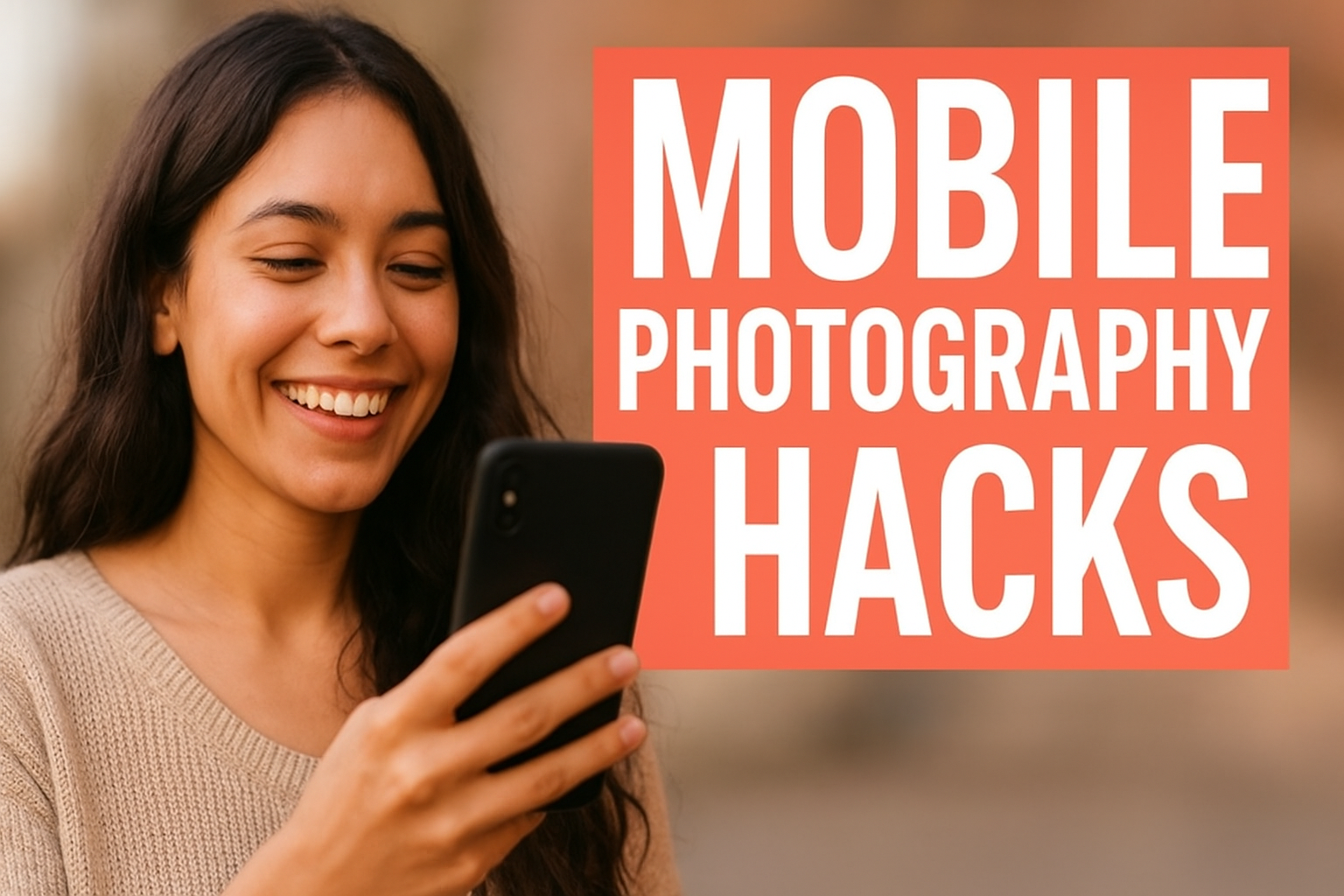
Mobile Photography Hacks: Candid Moments with Your Phone
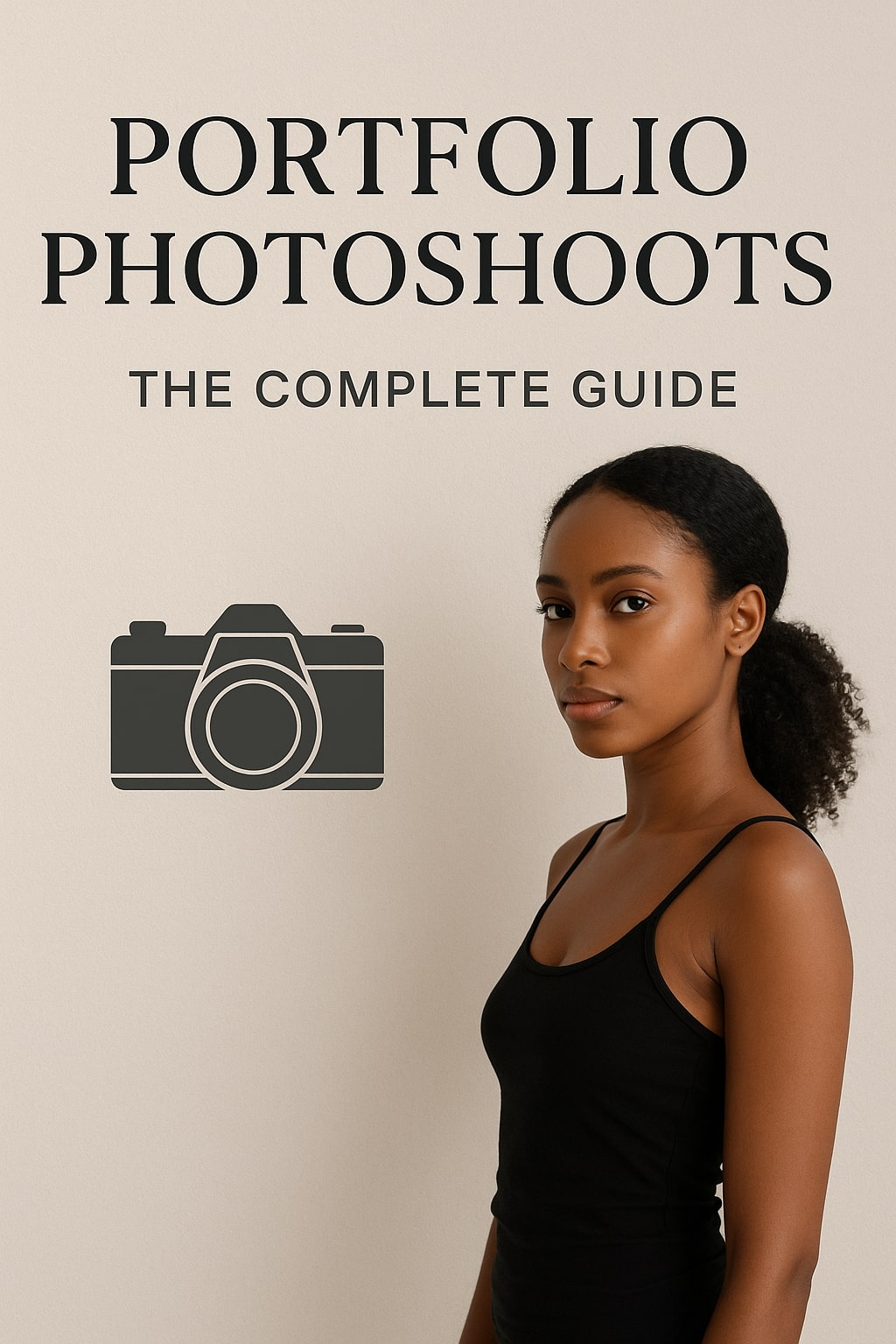
Professional Model & Portfolio Photoshoots: Show Your Best Work
-
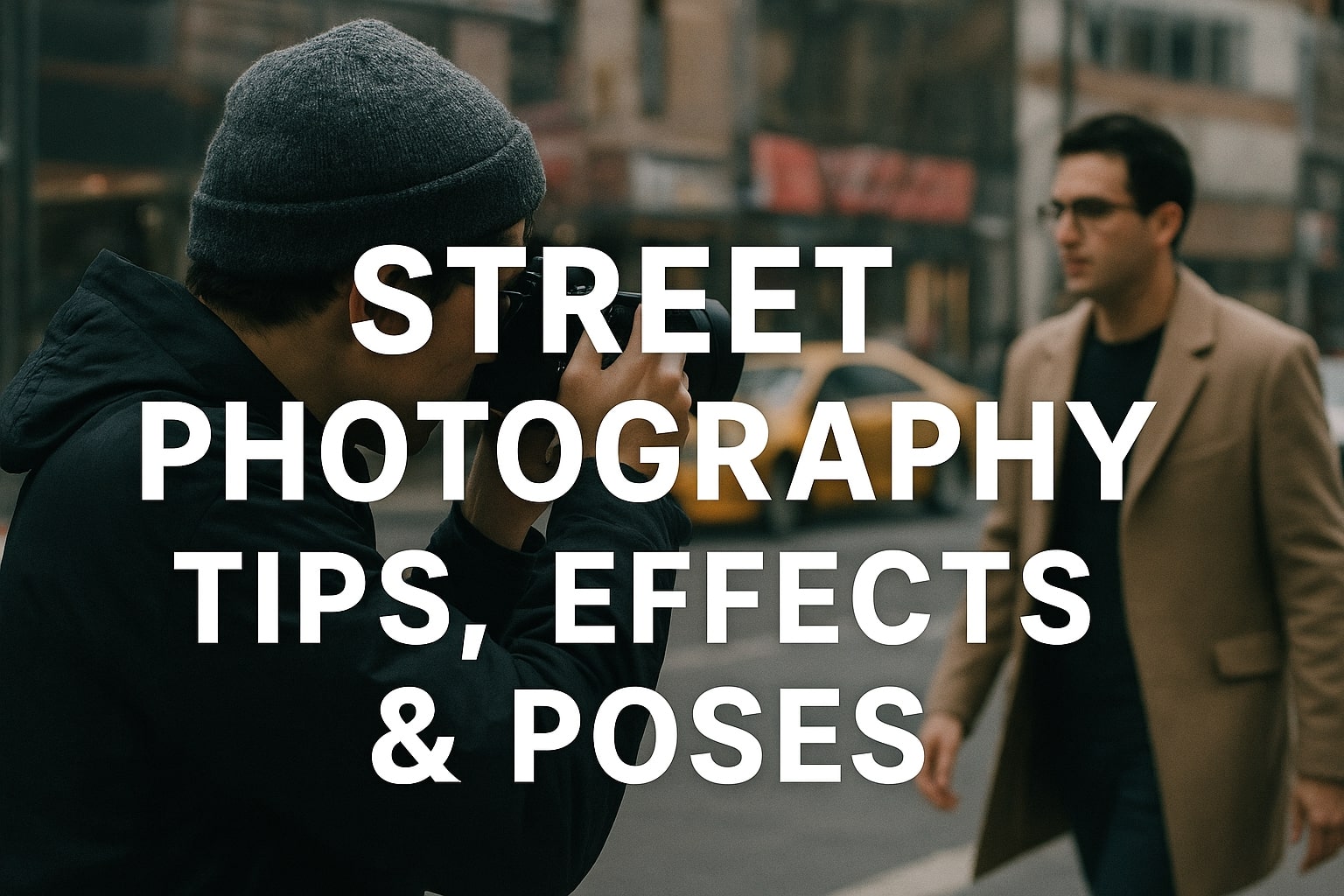
Street Photography Tips, Effects & Poses – Complete Guide
-

Leica Q2 for Photography: Why It’s Loved by Photographers
Mobile Photography Hacks: Candid Moments with Your Phone
Discover high-impact mobile photography hacks to capture genuine, gorgeous candid moments with your phone. Learn practical tips, composition secrets, and pro techniques to turn everyday scenes into stunning visual stories. Introduction: The New Age of Mobile Photography Photography has evolved beyond heavy cameras, technical jargon, and expensive equipment. Today, the power to capture extraordinary moments
Professional Model & Portfolio Photoshoots: Show Your Best Work
” Discover how to plan, style, and execute stunning portfolio photoshoots that showcase your skills, personality, and versatility. This comprehensive guide covers professional tips, posing ideas, gear suggestions, and industry insights for models and photographers.” Introduction – Why Portfolio Photoshoots Are the Cornerstone of a Photographer’s Career A well-crafted portfolio photoshoot is more than a
Street Photography Tips, Effects & Poses – Complete Guide
Discover the ultimate guide to Street Photography with expert tips, creative effects, and dynamic poses. Learn how to capture authentic urban moments, master composition, and tell powerful visual stories through your lens. Article Outline 1. Introduction to Street Photography Street Photography is more than just taking pictures of people in public spaces — it’s about
Leica Q2 for Photography: Why It’s Loved by Photographers
Introduction: The Cult Status of the Leica Q2 The Leica Q2 is not just a camera—it’s a statement. Combining the heritage of German precision engineering with modern digital excellence, it holds a special place in the hearts of professional and passionate photographers alike. With its full-frame sensor, prime Summilux lens, and minimalist design, the Q2
Top Cameras Under ₹1 Lakh for Freelance Photography
Freelance photography is no longer a niche—it’s a booming creative profession that demands not only vision and hustle but also the right gear. Your camera isn’t just a tool; it’s your storytelling partner. If you’re a freelance photographer aiming to balance performance, versatility, and budget, investing in a cameras under ₹1 lakh can offer the
Top Features of Nikon D850 That Make It Ideal for Photoshoots
Explore the top features of the Nikon D850 that make it a powerhouse for photoshoots. From exceptional resolution to dynamic range, this detailed Nikon D850 guide is built for professional and aspiring photographers. 1. Introduction When Nikon launched the D850, it quickly earned a reputation as a flagship DSLR that redefined what photographers could expect

